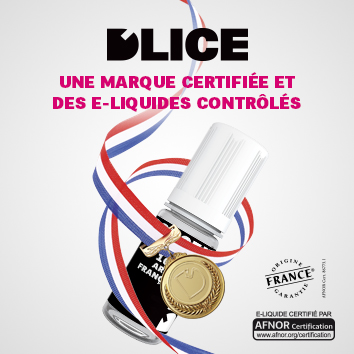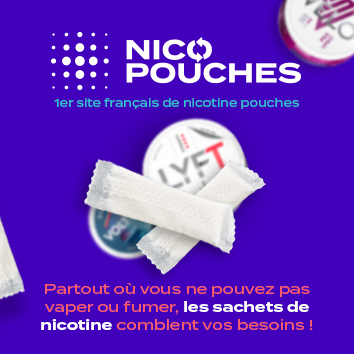Study proves teenagers respond to neutral packaging

Neutral packaging for tobacco products was adopted in France from December 2015. Since January 2017, it became mandatory for all cigarette vendors in France. While the effectiveness of the regulation has been questioned over the years, a new study has recently shed light on the subject. Neutral packaging has a very strong dissuasive effect on individuals under seventeen years of age.
Designed to reduce the attractiveness of cigarettes, neutral packaging removes all the usual marketing methods. Instead, packaging features safety warnings and photos of tobacco-related diseases for shock value. While they have their critics, these images show the reality of the range of smoking-related complications.
But how effective are neutral packaging measures? To find out, Inserm and the National Cancer Institute ran a vast study. Named DePICT (Description des Perceptions, Images et Comportements liés au Tabac or Description of Perception, Imagery, and Behaviour linked to Tobacco), the study is based on testimonies from a base of 12 000 people, including 4000 teenagers. The results are simply edifying.

Positive effects among younger populations
The idea was to perform telephone interviews with panel members before the neutral packaging regulation was rolled out, and then again one year after implementation. The objective was to determine if their perception of tobacco had changed.
The first noteworthy conclusion was a shift in adolescent behaviour. After the regulation was rolled out, only 20 % teenagers had tried, compared to 26 % previously. Among girls, the trend was even stronger (13 % against 25 % in 2016). We can also note that teenagers who had already become regular smokers were less attached to tobacco brands (23 % compared to 34 %).
For Maria Melchior and Fabienne El-Khoury, who were running the study, the results are unambiguous. Neutral package “could contribute to reverse the normalisation of tobacco in younger populations”. As a result, teenagers are less inclined to experiment with cigarettes. The next step is to design studies to determine just how much these awareness campaigns contribute to this process.






